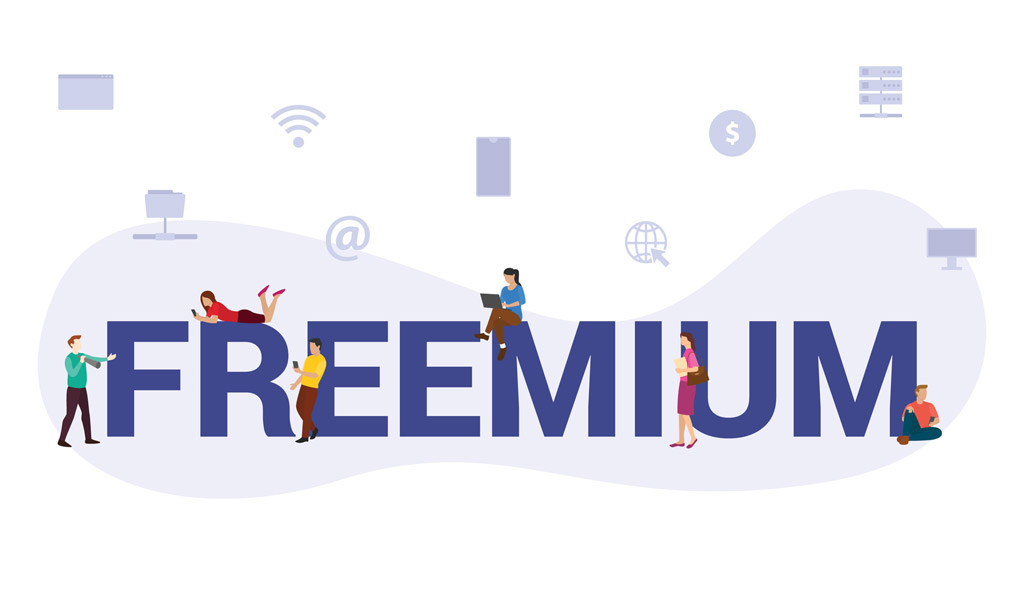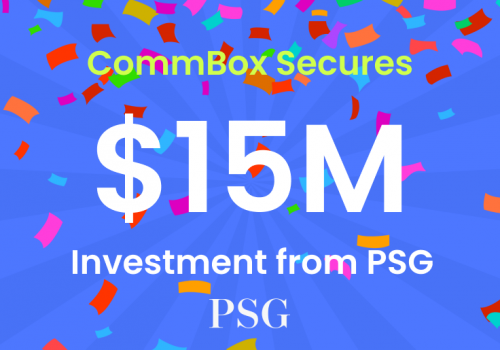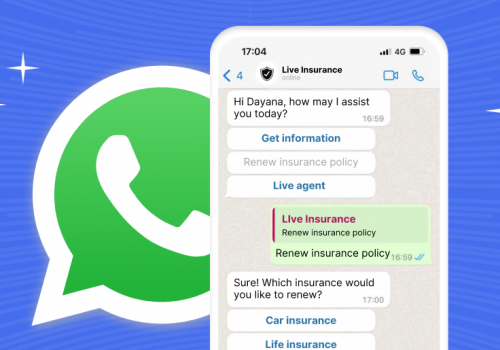Ultimate SaaS Pricing Model. “How are you going to monetize?” is one of the first questions people will ask you when they hear about your startup. There’s no doubt that many startups leave a huge impression on the world, often offering creative new solutions to age-old problems. Many larger companies take notice of this impact and will try to buy intellectual property from startups. Big tech companies like Apple are known for doing this. However, some startups are cut off before they can truly hit the ground running. Why? Because they run out of money.
All new businesses expect there to be a period where their expenses are greater than their revenue. This is just the cost of doing business for a startup. This is sustainable for a while because it allows startups to drum up some excitement and get their first wave of customers coming in. The first few years of business are full of long days and hard lessons. These lessons are learned through continually altering and improving their service to see how customers respond, among other things. It’s a trying and delicate time where risky decisions are encouraged, but the consequences of bad decisions can be stark. This is why it’s essential to work on your monetization model as soon as possible. It doesn’t matter how great your product is, you can’t pay the bills with praise. You need to find a sustainable monetization model that works for your business, and you need to get it right.
With that in mind, here are our 6 steps for creating the ultimate pricing model for your SaaS business. Let’s take a look.
6 Steps to Follow When Monetizing Your Startup
1. Analyze the Competition
Are you aware of who your competitors are and what pricing models they are using? It’s important to break down your competitors into categories to analyzing why that pricing model makes the most sense for them. For example, you might have a competitor that is a large company that has existed for many years. This competitor might be able to offer a free subscription plan as well as a premium plan. They might even have most of their customers using the free plan. This is because this company can eat the costs of free customers because of how much the premium customers pay. They might also focus on strategies that can convert free customers to paying customers sometime in the future. The key thing to take away here is that these types of competitors aren’t so worried about time, they simply want to increase their customer base.
As a start-up, time is everything. You will struggle and potentially go out of business if you acquire a mass of free customers but very few premium customers. You don’t have the time to convert these free customers onto your premium package the same way a large company does. For this reason, you should focus on looking at competitors who are in a similar position to you or started in a similar way. Is there a large company that began its journey as a humble start-up? How has their monetizing model changed over time?

2. Consider What Your Pricing Says About Your Product
When you are asking for people’s money in exchange for a service, you can’t separate pricing from the product itself. If you ask people what they think about your product, the price will be a factor in their answer. You simply can’t separate these two elements. It would be like asking someone what they think about a shirt they are thinking of buying, but not letting them try the shirt on. Sure, they might like how the shirt looks on the hanger, but they don’t know how it will look on their body. Without this part of the equation, they can’t say whether the product (the shirt) is a good purchase for them.
The same is true with pricing your SaaS business. You might have a great piece of software, but it’s only by comparing the functionality of the software to the price that the user will decide whether it’s right for them. This is why you must consider what your price says about your product.
If you price your product very high, then users will have very high expectations for it. If you price your product too low, then you might not be pricing it at its full worth.
So, how do you price your SaaS business? Here are some tips:
- 10X value – This is where the value you bring to the customer is worth 10 times the price they pay for your service. For example, if you offer advanced analytics software that will save them from having to hire a Data Scientist, then you can charge a 10th of the price of a Data Scientist salary per year. This isn’t a hard and fast rule, but you should be trying to offer extreme value and cost savings to your customer to encourage them to buy.
- Test pricing models – This is about testing the upper limit of what your customers are willing to pay. When you start out, your software will likely go through several changes. With each change, the software becomes even better and therefore should increase in value. A good rule of thumb is to increase your price by 5% for every major software change, or each time to hit a certain amount of customers. You will eventually find the right price for your product. You can also experiment with discounts and offers to see whether this changes the perception of your product. Customers might perceive your standard price as too high, but your discounted price as just right. This will tell you whether you have gone too far.
- Expect to lose 20%-30% of your customers – This might seem counterintuitive, but it’s how business works. If everyone buys your product, then you are pricing it too low. For a robust pricing model that is profitable and allows for future innovation, you should expect to not convert 20% to 30% of the businesses or people you approach.
3. Your Pricing Will Depend on Your Market
You can’t price the same if you are selling to individual consumers as you would if you are selling to businesses (B2B SaaS). The price ceiling for selling to consumers is much lower than selling to B2B companies. This means that no matter how great your product is, you can’t just keep increasing the price in the consumer market. Early on you will hit your price ceiling and customers will no longer be willing to pay more for the product.
With B2B SaaS models, you have several options. If your software is going to be used by a lot of people in a large department, then you should charge per user, since you can generate the most profit this way. If your product is only useful for a small department and will only be used by a small number of people, then you should charge per result. You can also charge a minimum or initial fee to cover some of the initial costs associated with securing the deal.

4. The Platform and Its Value Must be Scalable
By this we mean there should be a “single-player mode” for your software. This is where a business can try out your service by only giving one person, or a few people, access to the software. With a start-up, it can be incredibly difficult to convince a company that they should be using your software across their whole business or even across a whole department. It’s much easier to convince them to give your product a try and let the results speak for themselves.
However, you will want to make sure that the value can scale up along with increased adoption. Otherwise, the company might decide to just keep it as is, with only one employee using the product. However, if they see that they will get a discount on signing up more members, and also receive several times the value they currently have with one user, then they will be much more likely to purchase a more expensive package.
It’s also crucial that you don’t overpromise and under deliver. When you first start out, you are often lacking the hard numbers that businesses with more longevity have. You might also not fully understand how your software scales when it has several hundred users using it at the same time. You must conduct robust testing to get to the bottom of this. You must also test the software in relation to different business departments to see how fit for purpose it is before you promise that it will be good for that department. If you fail to do this, you can quickly erode trust.
5. Is Your Product Unique?
If your product is unique, then you can start charging for it straight away and not offer a free version in most cases. This is because you are solving a specific problem that no one else is solving, or at least solving it uniquely. Your marketing can reflect this. To market your service effectively, you should provide detailed use cases and examples of where your product best shines. You can detail problems and how your product solves these problems. You can validate your pricing through your unique product offering.
However, if your product is not unique, then you will need to sweep up customers from your competitors. To do this, you might need to offer free trials or heavily discounted services for a limited period. Your goal is to prove that the way your product solves the problem is more convenient, user friendly, and overall, just better than your competitors. There’s always space in the market for similar software. Sometimes users just prefer to use one company. This could be because:
- The user interface is nicer (better use of colors, a simpler layout, easy to navigate, easier to train new users to use).
- The customer experience is better (24/7 customer service, prompt resolutions, occasional freebies, personalized communication).
- The customer prefers the culture of values of the company (the company donates to environmental charities or has a relaxed and fun vibe).
6. Do You Have Enough Funding?
It can be tempting to offer your product for free if you haven’t fully actualized your software. For example, if your end goal is a shiny comprehensive piece of software that can do absolutely everything for the customer, but right now it only has limited functionality, don’t let this deter you. Just because your product isn’t perfect, doesn’t mean it should be free. It also doesn’t mean you should charge your desired price for the fully realized product. Keep a close eye on your funding and how much you think you can achieve with the money that comes in. Work out how many customers you need to acquire and at what you need to charge them to keep improving your goals.
To have a successful SaaS model, the Lifetime Value of your customers’ needs to be much higher than the Customer Acquisition Cost. Use this information to inform your pricing. It’s more important to keep your existing customers paying than it is to acquire new customers, so most of your reinvesting should be focused on this area.




















